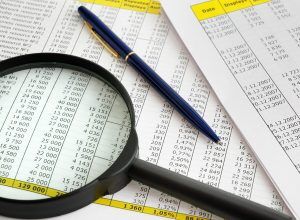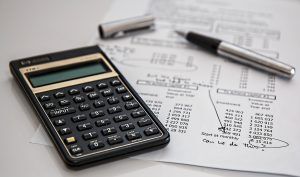Key Metrics for Rental Property Financial Analysis
Key Metrics for Rental Property Financial Analysis
Blog Article
Hire property can be an desirable expense, but without appropriate economic examination, investors could end up with losses in place of profits. Economic analysis supplies a organized method to assess whether a profit and loss for rental property is worth the investment, permitting smarter choices and long-term success.

Knowledge the Figures Behind the Deals
Purchasing rental properties involves more than just identifying a great spot or an attractive property. It needs a thorough evaluation of numbers to ascertain profitability. Metrics like cash movement, get back on investment (ROI), and capitalization charge (cap rate) offer priceless insights into the economic health of a possible property.
Look at this statistic: Properties with a 6-8% top rate tend to be considered strong investments. Anything below that could show lower earnings, while larger hat charges may possibly have larger risks. Without bashing the figures, investors may end up getting home that connections up their funds without providing regular returns.
Risk Mitigation
A thorough examination gives understanding on possible chance factors. For example, vacancy prices, maintenance expenses, and fluctuating house fees can all impact returns. In accordance with new study, the national rental home vacancy rate averages 6.2%. If you're investing in a location where vacancy prices constantly exceed this determine, it could lead to experienced financial strain.
By considering industry developments and regional knowledge, investors may anticipate these challenges. It's much simpler to produce a buffer for unexpected fees and avoid over-leveraging through defectively educated decisions.
Long-Term Profitability
Financial analysis helps guarantee long-term profitability by predicting potential earnings. As an example, investors need certainly to account for inflation's affect operating costs and rental income. Based on new knowledge, hire rates in the U.S. have increased by around 25% over the past five years. Experienced investors can adjust their methods centered on such projections and take full advantage of options for higher yields.
Also, understanding debt company protection ratios (DSCR)—a calculate that guarantees hire revenue sufficiently addresses mortgage payments—is vital. Houses with a DSCR of 1.25 or more are thought safer opportunities, while lower ratios may indicate cash movement issues.

Detail Contributes to Accomplishment
At their primary, hire house economic evaluation is about detail and preparation. It empowers investors to ask the right issues and make evidence-based decisions. From distinguishing undervalued opportunities to preventing loss-prone opportunities, bashing the numbers is just a non-negotiable step in the investing process.
By conducting proper economic analysis, investors pave the way in which for constant cash flow, manageable risks, and long-term achievement in real estate. Missing this step is not just dangerous; it could mean the huge difference between a profitable portfolio and a financial headache. Report this page